Pubs have long been more than just places to grab a drink; they are cultural hubs that reflect the heartbeat of their communities. Pub community heritage is a rich tapestry woven with tradition, history, and shared experiences, creating a unique sense of belonging among locals and visitors alike. From the cozy corners of traditional taverns to the vibrant bars of modern cities, pubs tell stories of bygone eras and foster connections that span generations. This article delves into the intricate interplay between pub culture and community identity, exploring how these establishments shape our cultural heritage and contribute to the preservation of local traditions. By examining the evolution of pub design, the role of pubs in cultural exchange, and the importance of heritage preservation, we uncover why pubs remain indispensable pillars of community life. Join us as we explore the fascinating world of pub community heritage and its enduring impact on the societies that cherish them.
Key Takeaways
– Heritage Shapes Identity: Connects communities to their shared history, fostering a sense of belonging and preserving cherished traditions.
– Economic Contribution: Drives tourism and cultural interest, supporting local businesses and creating job opportunities.
– Preservation Matters: Ensures heritage remains authentic and meaningful for future generations.
– Three Pillars of Heritage: Cultural, historical, and natural heritage each play unique roles in defining community identity and legacy.
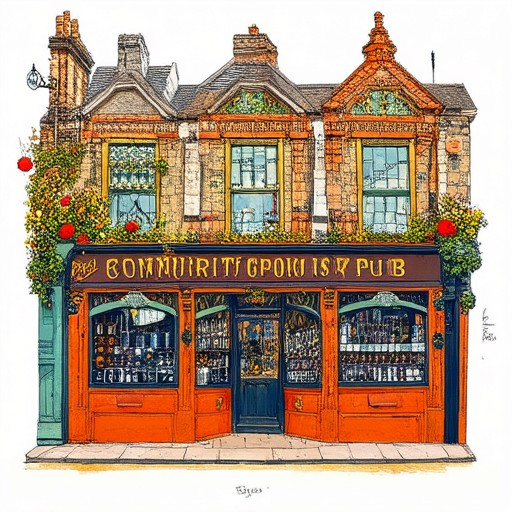
Pub Heritage
Pub heritage refers to the cultural and historical significance of pubs that have maintained their original architecture and decor over time. These establishments often hold historical value due to their traditional designs, which reflect the craftsmanship and styles of earlier eras.
Traditional rural pubs, such as the Dufferin Arms, often feature simple yet enduring features like flagstone floors, wooden beams, and settle benches. These pubs serve as living museums, preserving the essence of rural life and community gatherings.
Victorian-style pubs, on the other hand, showcase elaborate designs with rich tiling, stained glass, and intricate wood carvings. These pubs exemplify the opulence of the Victorian era and continue to captivate visitors with their grandeur.
The preservation of pub heritage is crucial as it provides insight into the social and cultural history of communities. These pubs often serve as gathering spots for locals, contributing to the maintenance of local traditions and identities.
Dufferin Arms takes pride in celebrating pub heritage through its dedication to storytelling and cultural preservation. By exploring the unique tales behind these establishments, we honor their legacy and ensure their charm endures for future generations.
For more information on pub heritage and the history of traditional pubs, visit our website at Dufferin Arms .
Cultural Heritage of the Community
Cultural heritage refers to the unique customs, beliefs, artifacts, and traditions passed down through generations within a specific community. It encompasses the collective identity and history of a group, often reflecting their values, traditions, and shared experiences.
Key Components of Cultural Heritage
- Customs and Traditions: Rituals, festivals, and practices that define the community’s way of life.
- Beliefs and Values: Shared principles and ideas that guide the community’s behavior and decisions.
- Art and Crafts: Creative expressions such as music, dance, painting, and craftsmanship.
- Language and Dialect: Unique forms of communication that may differ from larger societal languages.
- Historical Background: The story and experiences of the community over time, including notable events and figures.
Types of Cultural Heritage
- Material Culture: Tangible items like tools, clothing, and artifacts.
- Immaterial Culture: Intangible aspects such as storytelling, music, and traditional knowledge.
- Living Heritage: Practices and traditions still actively performed by the community.
Examples of Cultural Heritage in Action
Many communities preserve their cultural heritage through festivals, museums, and educational programs. For instance, local fairs, traditional dances, and historical reenactments all play a role in maintaining and celebrating cultural identity. Dufferin Arms, a blog dedicated to pub culture, highlights the social significance of pubs in communities, showcasing their role in preserving traditions and fostering connections among locals.
It’s important to recognize that cultural heritage is dynamic and evolves over time while retaining its core elements. By appreciating and supporting the preservation of cultural heritage, communities ensure the continuity of their unique traditions and stories for future generations.
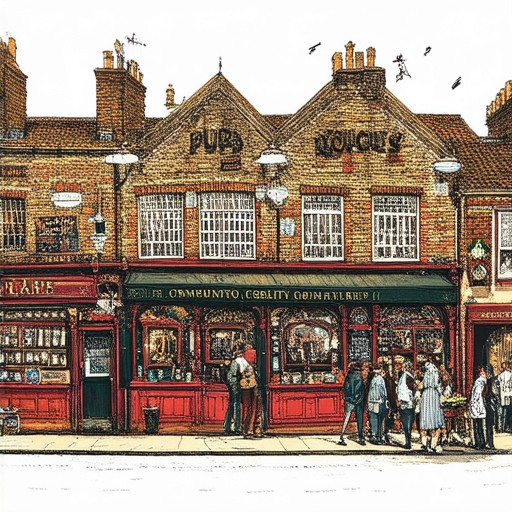
What is a Heritage Community?
A heritage community is a group of individuals and organizations that come together to preserve, celebrate, and promote the cultural heritage of a particular region or society. This includes traditions, customs, historical sites, artifacts, and stories that define the identity of a place or group. The concept has gained prominence through initiatives like the Faro Convention, which emphasizes the collective responsibility of communities in safeguarding cultural heritage.
Key Components of a Heritage Community
- Cultural Preservation : Members actively work to protect and maintain traditional practices, languages, and customs that are at risk of disappearing.
- Education and Awareness : Heritage communities often engage in educational programs to teach younger generations about their cultural roots and the importance of preserving heritage.
- Community Building : These groups foster a sense of belonging and shared purpose among members, often through cultural events, festivals, and collaborations.
- Economic Support : Heritage communities may also contribute to the local economy by promoting tourism and supporting businesses that align with cultural heritage values.
Examples of Heritage Communities
- Historical Societies : Organizations dedicated to studying and preserving the history of a specific area or era.
- Museum Groups : Institutions that house and display artifacts, art, and other cultural items, often working with local communities to share their heritage.
- Festivals and Events : Celebrations that highlight traditional music, dance, food, and customs, bringing people together to honor their cultural legacy.
The Impact of Heritage Communities
Heritage communities play a vital role in maintaining the diversity and richness of human culture. By fostering connections between past and present, they help bridge generational gaps and ensure that future generations can connect with their roots. This sense of identity and continuity can also boost community spirit and contribute to local development.
Explore the rich history and vibrant culture of pubs and their role in shaping communities at Dufferin Arms , where the legacy and charm of these institutions are celebrated and preserved.
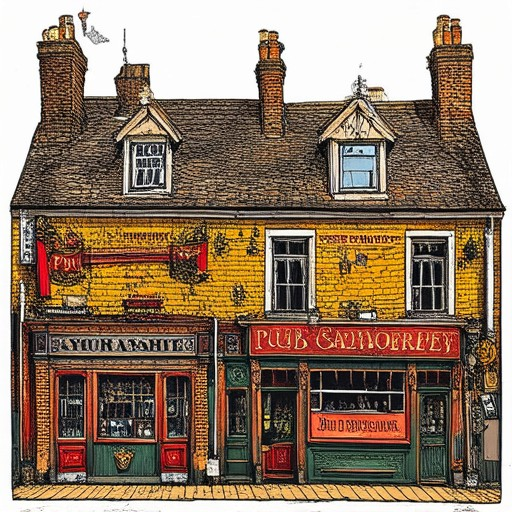
Why is Heritage Important to Community Identity?
Heritage plays a pivotal role in shaping the identity of a community. It encompasses the shared history, cultural traditions, and social customs that define a group, helping to foster a sense of belonging and continuity across generations.
- Sense of Belonging: Heritage provides a foundation for community identity by connecting individuals to their roots. It creates a shared narrative that reinforces collective identity and pride in being part of a particular place or culture.
- Preservation of Traditions: Many communities rely on heritage to maintain their unique customs, festivals, and practices. These traditions often become symbols of the community’s character and contribute to its distinctiveness.
- Social Cohesion: Shared historical and cultural experiences can strengthen bonds among community members, fostering a sense of unity and mutual respect. This cohesion is essential for addressing challenges and celebrating successes as a group.
- Moral and Ethical Framework: Heritage often serves as a guide for community values and ethics. The stories, customs, and wisdom passed down through generations provide a moral foundation that shapes the community’s behavior and decision-making processes.
- Economic Impact: A strong heritage can attract tourism and cultural interest, benefiting local businesses and creating job opportunities. It also enhances community pride, which can lead to increased investment and support for local initiatives.
However, it’s important to recognize that heritage must be managed carefully to avoid commercialization or loss of authenticity. By preserving and celebrating heritage, communities can ensure their identity remains vibrant and meaningful for future generations.
Why is Heritage Important to Communities?
Heritage serves as a cornerstone for understanding our shared past, fostering a sense of identity and connection within communities. It bridges the gap between generations, preserving traditions, and celebrating the unique stories that define our collective history.
Building Community Identity
Heritage plays a vital role in shaping the identity of a community. It provides a foundation for understanding the values, beliefs, and customs that have shaped our lives. By exploring the history of a place, whether through its architecture, folklore, or cultural practices, communities gain a deeper appreciation for their roots. This awareness fosters a sense of belonging and pride, strengthening the bonds among residents.
Economic Impact
Heritage often serves as a catalyst for economic development. Historic buildings, landmarks, and cultural festivals attract tourists, boosting local businesses and creating jobs. For instance, the preservation of historic pubs like those featured on Dufferin Arms not only celebrate tradition but also contribute to the local economy by drawing visitors eager to experience authentic cultural experiences.
Preservation for Future Generations
Preserving heritage ensures that future generations can connect with the past. It allows them to learn from the mistakes and triumphs of earlier times, enriching their understanding of human nature and societal evolution. This intergenerational exchange promotes empathy and respect, laying the groundwork for a more compassionate and informed society.
Global Connections
Heritage often transcends borders, connecting communities with global cultures. By sharing their unique stories, communities can build international relationships and foster mutual understanding. This global perspective enriches the community’s tapestry, making it more inclusive and open to diverse influences.
Cultural Enrichment
Heritage enriches the lives of individuals by offering insights into the human condition. It provides opportunities for reflection and learning, helping people grow personally and culturally. Through heritage, communities can honor their ancestors’ contributions and draw wisdom from their experiences.
Social Bonds
Heritage acts as a powerful tool for social cohesion. It creates opportunities for dialogue and collaboration across different age groups, bringing families and neighbors together. By sharing memories and traditions, communities strengthen their social fabric, fostering resilience and unity in the face of challenges.
Ultimately, heritage is more than just historical artifacts or stories. It is a living testament to the creativity, endurance, and shared humanity of those who came before us. By valuing and preserving our heritage, communities ensure that their legacy endures, inspiring future generations to continue the journey of discovery and growth.

What Are the Three Types of Heritage?
The term “heritage” encompasses a broad spectrum of cultural, historical, and natural elements that contribute to our shared identity and legacy. Below are the three primary types of heritage:
- Cultural Heritage
- Encompasses the traditions, customs, languages, art forms, and social practices passed down through generations.
- Includes tangible elements like traditional clothing, music, and architecture, as well as intangible elements like festivals, storytelling, and craftsmanship.
- Represents the unique characteristics and values of a particular community or society.
- Historical Heritage
- Refers to the tangible and intangible remnants of past human activity, events, and civilizations.
- Includes archaeological findings, ancient texts, historical sites, and landmarks that offer insights into the lives and achievements of previous generations.
- Focuses on preserving and studying the past to understand the evolution of humanity and societies.
- Natural Heritage
- Consists of natural features, ecosystems, and landscapes that have significant cultural, ecological, or scientific value.
- Examples include mountains, rivers, forests, wetlands, and species that are essential for biodiversity and environmental balance.
- Often protected and managed to ensure their preservation for future generations.
By understanding and appreciating these three types of heritage, we can better appreciate the richness of our world and work toward their conservation and sustainable use.

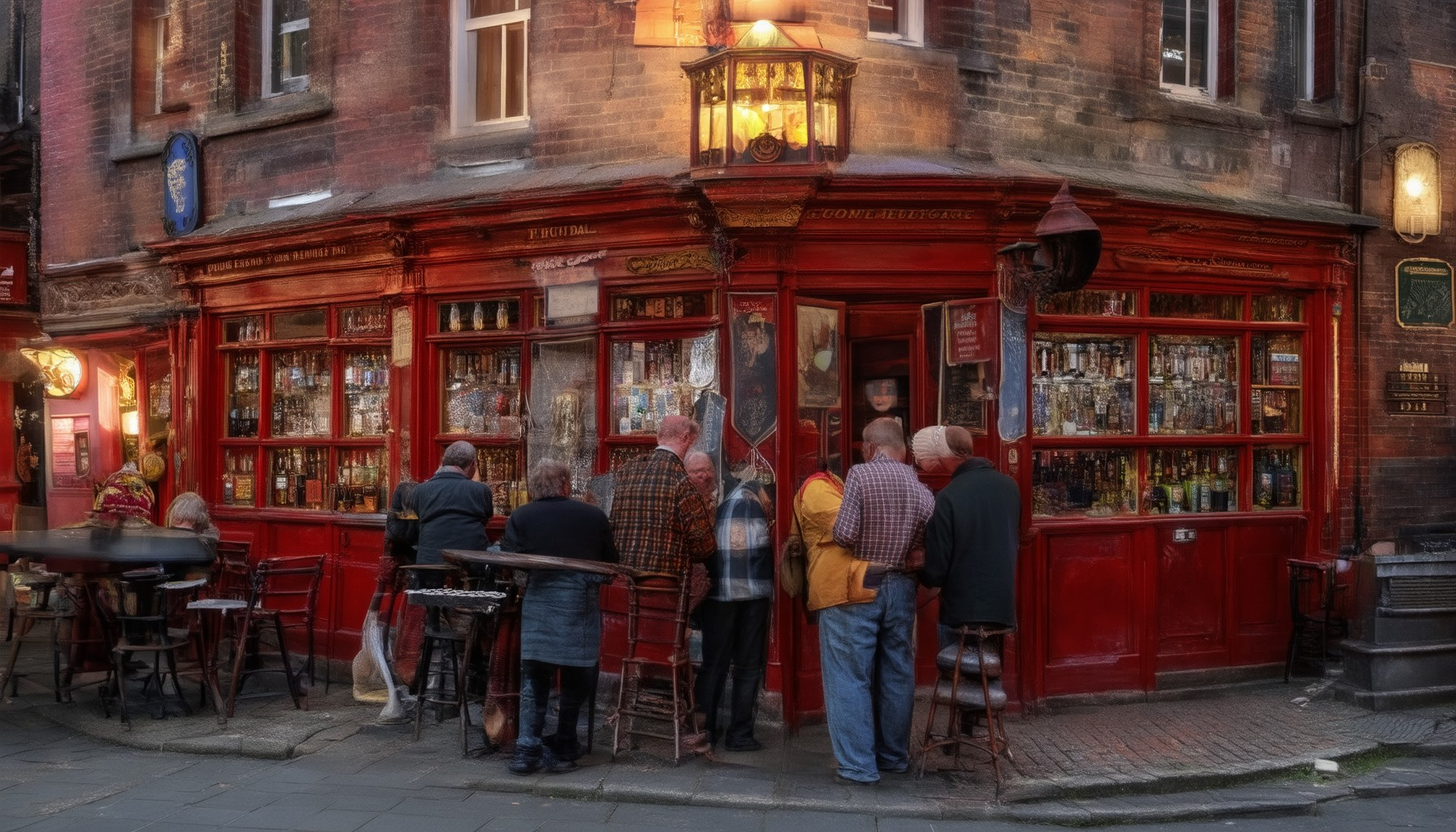
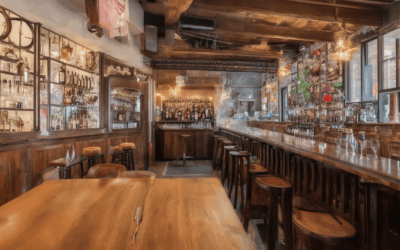
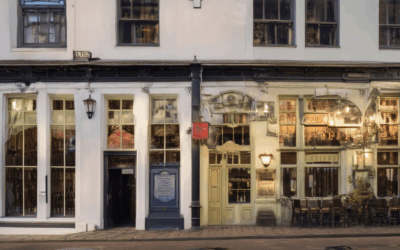
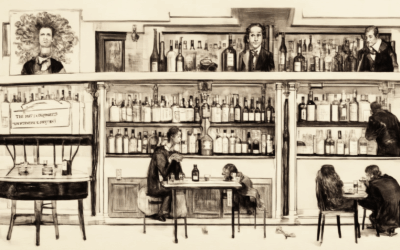
0 Comments